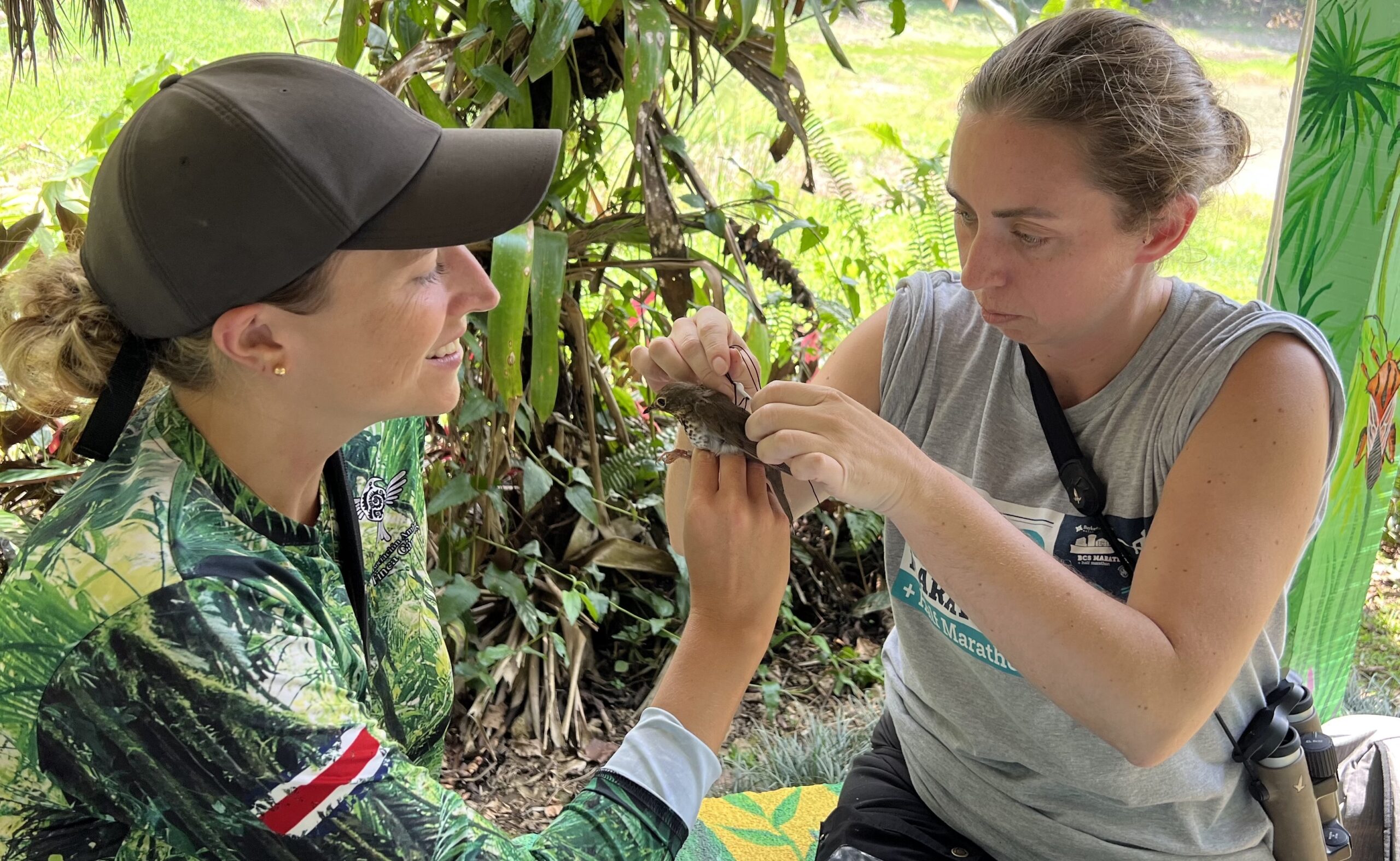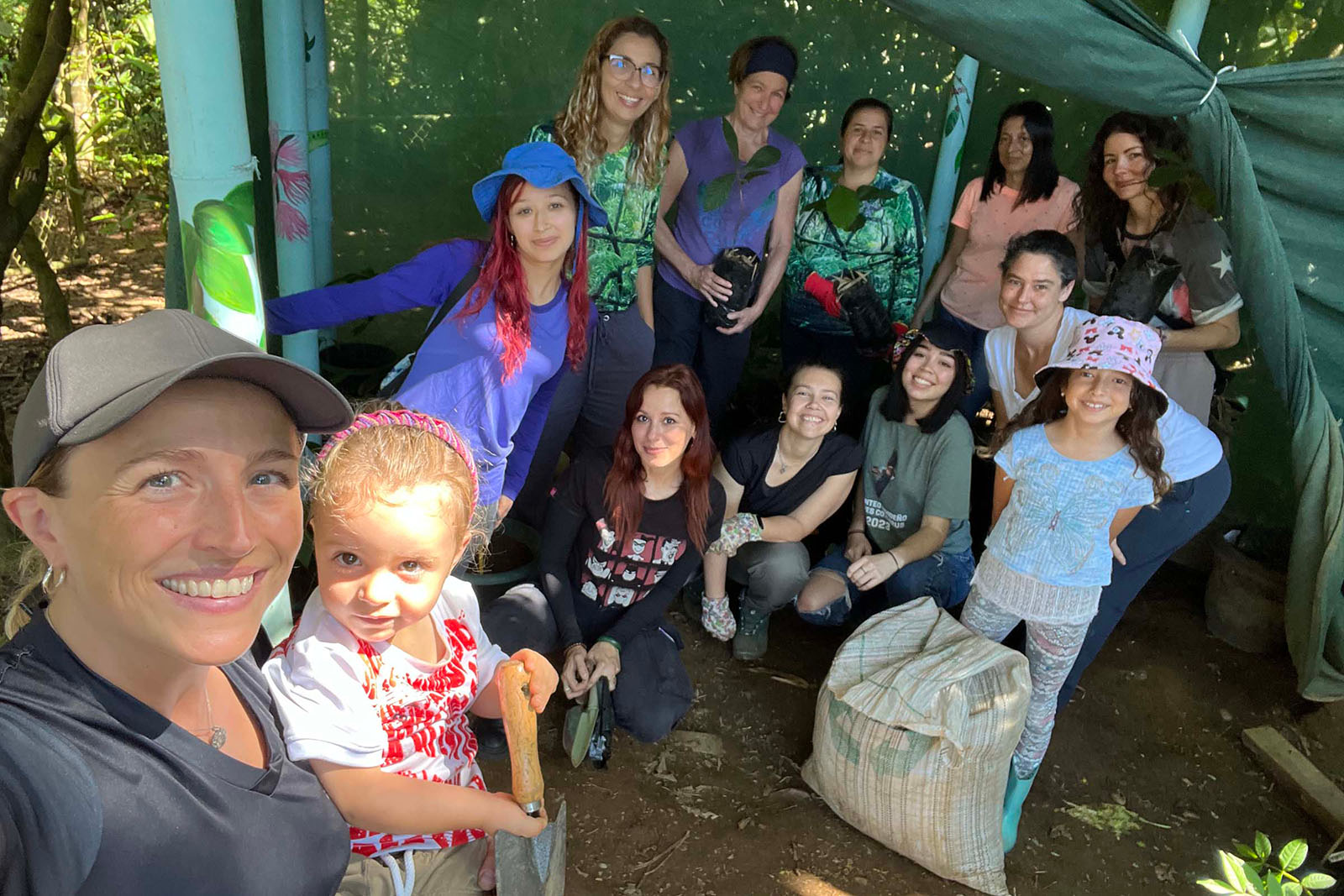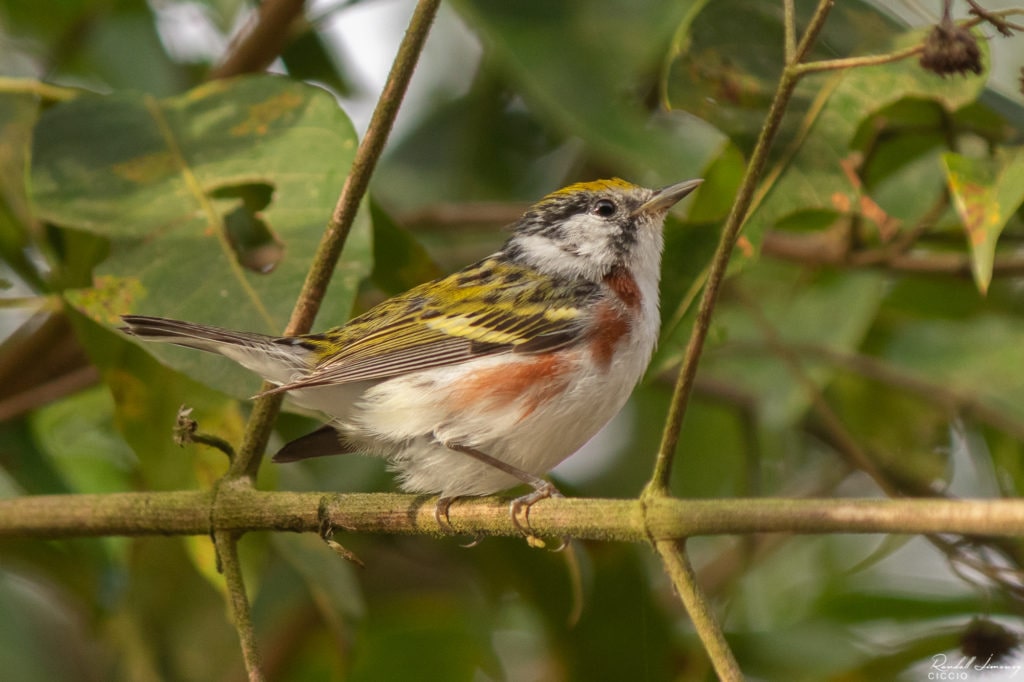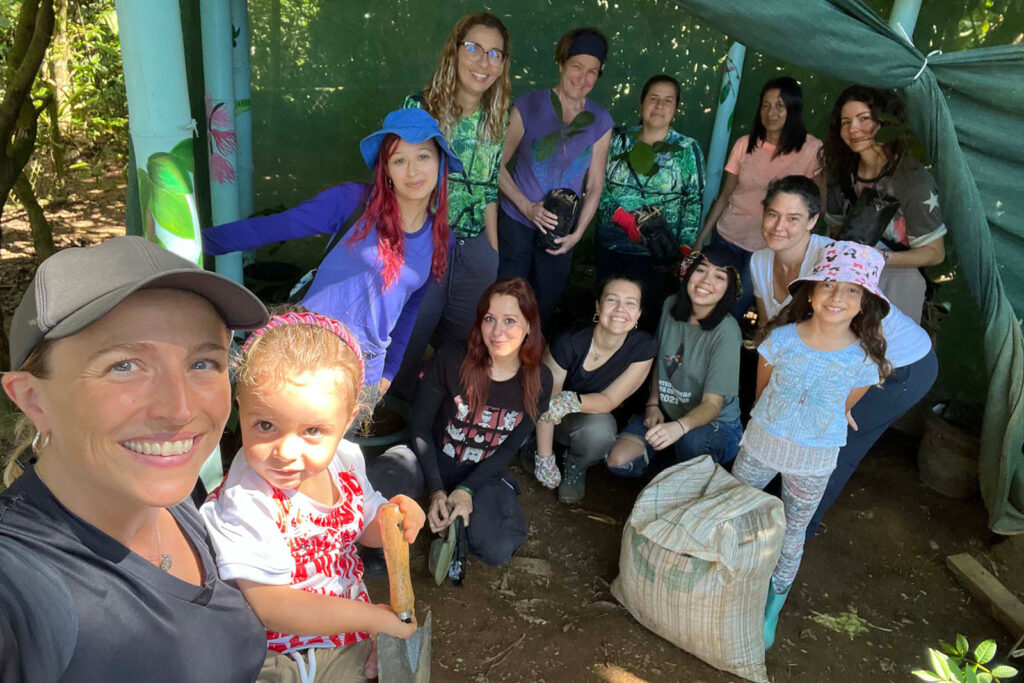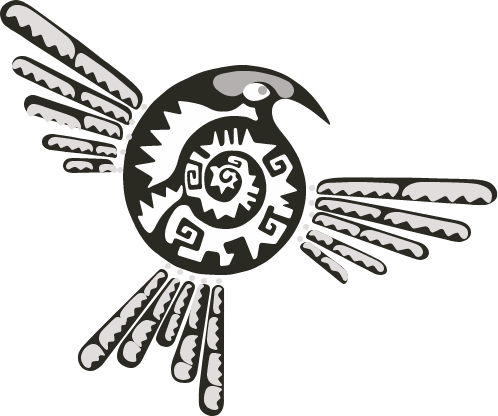“I’m trying to embrace my landowner identity,” I declare earnestly to my partner as I pull on work gloves and start to measure out chunks of a “biofermento” (organic compost) that was prepared by women during a session of “Women Committed to the Earth,” our female-focused environmental education and gender empowerment program at Finca Cántaros.
“Love, your gloves are on backwards,” he points out with a kind smile.
I look down and laugh. Yup, that’s about right.
I became a landowner just over two years ago when I bought a property called Finca Cántaros in Coto Brus, a rural southern county of Costa Rica. Cántaros was 7.5 hectares of reforested land to which I added 7.5 hectares of mostly cattle pasture. My team and I are reforesting the pasture via environmental education efforts that involve the local community. To ecologically nourish the young trees in our forest restoration projects, we are using biofermento—a mix of cow manure, decomposing fruit and a variety of other ingredients rich in nutrients. Which is why I’m learning how to dilute it with the correct proportions of water, and spray it with an “electrostatic backpack.”
Since becoming a landowner, I have felt like my gloves are on backwards about 99% of the time as I navigate the steep learning curve that has involved adventures in biofermento preparation and so much more. I think of myself as the bumbling landowner, with self-compassion on some days and self-critique on others. One day recently, I realized that my personal journey as the bumbling landowner provides an excellent opportunity to reflect on a critical objective of environmental education: build confidence and empowerment to take conservation action.
For me, the self-critical days are key to this reflection. I’ll think with some desperation: there is still so much I don’t even know I don’t know! I have also felt a bit hypocritical. As someone who has worked in environmental education for over twenty years, I have talked repeatedly to different audiences about the importance of trees—protecting those already standing, planting more of them, etc.—but based on the words of other environmentalists, and not on what I had done or learned through my own sweat, blood and tears. It’s a dream come true to have the opportunity to both actively protect an existing forest and grow a new one. But getting my hands dirty is literally and figuratively a lot messier than talking about it theoretically.
As humans we often want to hide when confronted with things we don’t know how to do. I have certainly wanted to hide out in the existing forest of Cántaros, rather than walk confidently into the exposed pasture, when I feel lost in multiple perspectives about land management, often delivered in rapid-fire Spanish by dudes who may not think a foreign woman speaking her second language is capable of understanding and/or making decisions (the potential subject of many blogs!). Just a few of hundreds of examples include:
The leaf-cutter ants are attacking some young trees, again!
Chemical solutions can be more immediately powerful but are obviously not aligned with the environmental spirit of the project. Many organic products are also effective but may be more labour-intensive.
The “manecillo” plant is growing in several of our reforested areas, rapidly!
Some argue that this fast-growing, deep-rooted plant can take over. Others argue that as a nitrogen-fixer, it can in fact improve soil health.
Some of the young trees desperately need an infusion of nutrients soon, or they might not survive!
We need to time the application of the biofermento with the waxing moon, to best ensure uptake through the trunk, AND apply in the early hours of the day before it gets too hot. But can we logistically meet those requirements AND involve our environmental education participants in this hands-on action?
I’ll admit that many days I have hidden out in the forest. But this is exactly why environmental education experiences must help empower us to metaphorically expose ourselves in the pasture, even when we feel bumbling.
Those who follow this blog have heard me say many times that the goals of environmental education go far beyond knowledge transfer. The “far beyond”—including fostering environmental identity and nature connection—has been discussed in previous blogs. I also want to repeat that knowledge is still an important component, even if it isn’t the only component. Knowledge goes hands-in-hand with environmental identity, nature connection, and what I describe here: the confidence and empowerment to act even when it is messy. Knowledge is part of a positive self-reinforcing loop. The more knowledge I acquire, the more I can show up confidently. And in turn, the more empowered I feel, the less insecure I will be about learning more from feedback. I can be more self-compassionate, which motivates more conservation action as opposed to hiding.
Because when it comes to conservation action, no one has the one-and-only silver-bullet solution. We are all figuring this out as we go along; we are all a bit bumbling. This is why I believe that environmental education must create equal opportunities to learn about biofermento (or whatever the situation may require) as it does opportunities to empower us to keep showing up to save the planet, no matter how many bumbles.
Now if you’ll excuse me, I have an electrostatic backpack full of cow poo (I mean, biofermento) and young trees awaiting*. And I just checked—my gloves are on the right way today.



